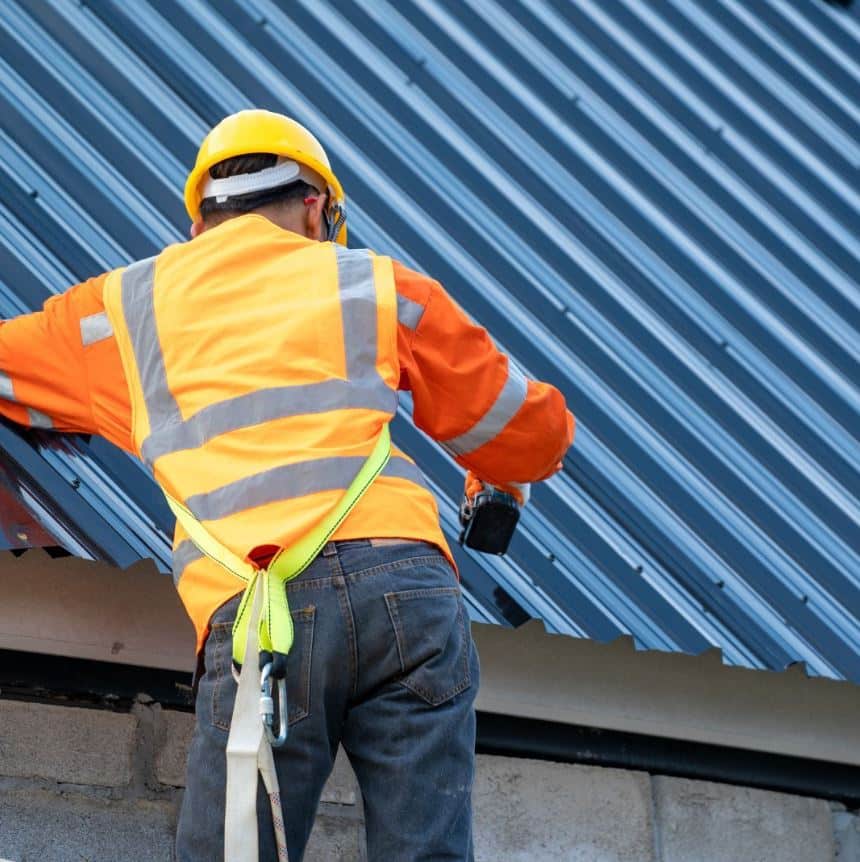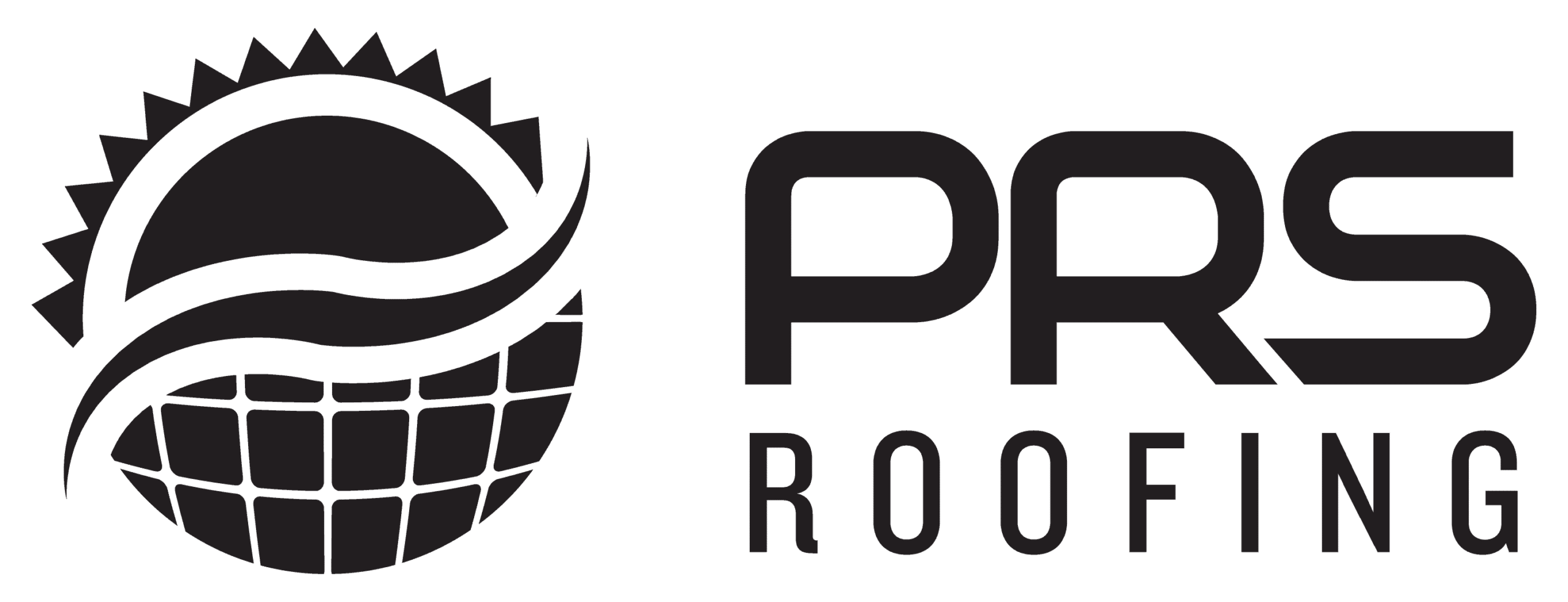Roof leaks can be deceptive, appearing away from their actual origin due to water traveling. To manage this, start by placing a bucket under the leak and securing valuables. Avoid making holes in the ceiling to prevent additional damage. For complex leaks, particularly from the attic, seek professional help. Taking preventative steps can also reduce future stress and costs.
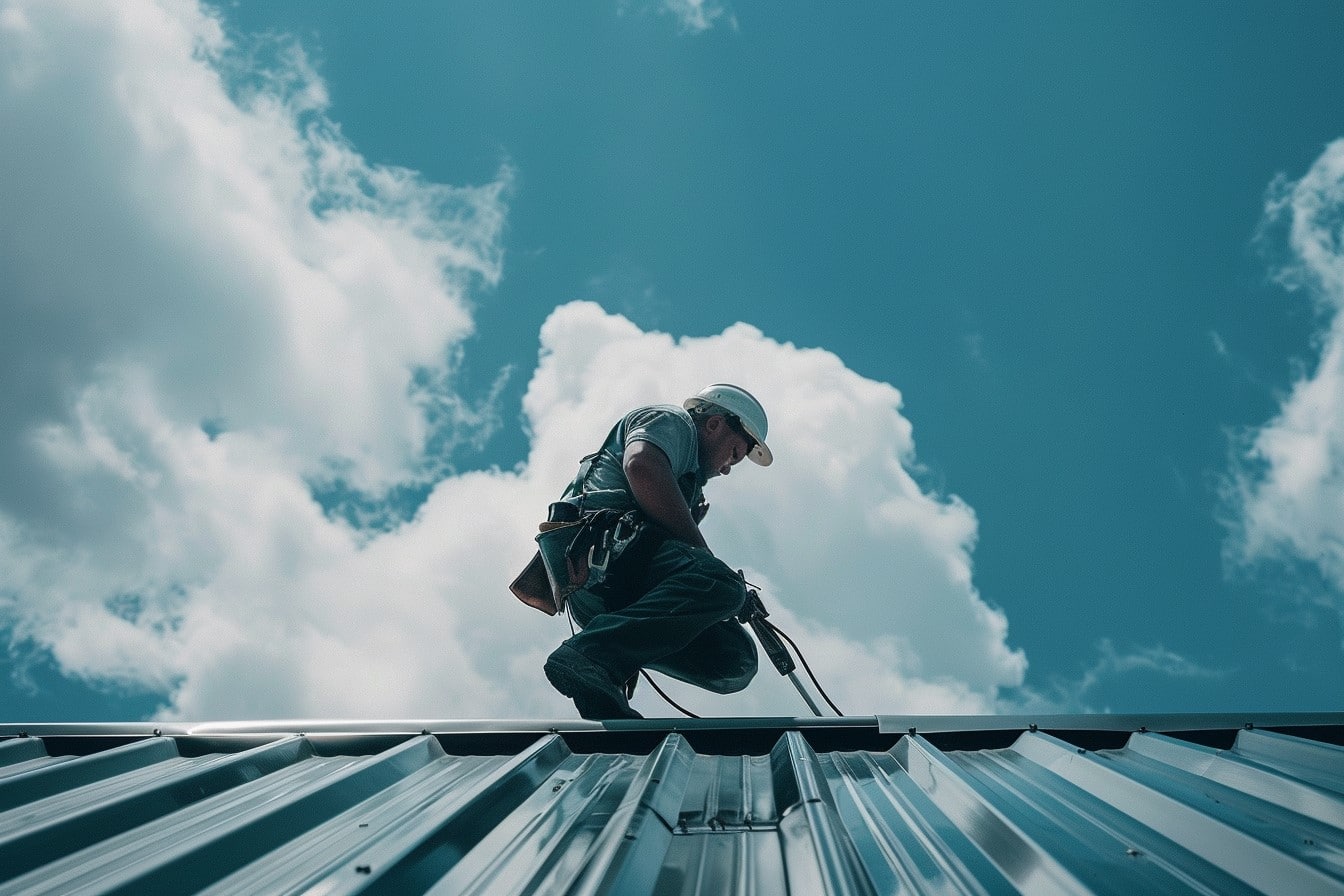
Key Takeaways
- Water damage in your home may not directly indicate the origin of the roof leak.
- It’s important to immediately mitigate the damage after detecting a leak.
- Attempting to puncture the dripping ceiling may lead to more damage and even a ceiling collapse.
- Consult a professional roofer if the leak originates from the attic.
- Preventative measures are useful in preventing future leaks and damage to your roof.
Understanding the Dynamics of Leaks in Your Roof
While dealing with leaks in your roof may seem daunting, understanding the dynamics of roof leaks could greatly improve your prevention and management strategies. Contrary to what one might intuitively believe, water tends to follow the path of least resistance, which means it may divert a great deal from the original breach.
When a potential leak is suspected, the investigation usually starts with identifying the telltale signs, which include stained ceilings, discolorations, and musty odors. The attic, in particular, plays a crucial role in this process, as it often hosts symptoms that are indicative of leaks in your roof. These include moisture accumulation, water stains, and related damage, especially in areas where the roof planes intersect. Investigating for the signs of roof leaks is not without challenges. The process requires caution to ensure personal safety and to prevent further damage to the roof structure. Some commonly adopted tactics for detection include:
- A thorough inspection of the attic for water stains or moisture
- Assessing from within the home while reproducing rainfall on the roof
- Meticulously removing shingles to reveal the underlying sheathing
Achieving success in these efforts often means adopting a multifaceted approach, which allows homeowners to understand the complexity of leak detection and the importance of involving professionals in roof leak repair. Dealing with roof leaks is, without a doubt, complex and potentially perilous. However, with the right knowledge about the dynamics of roof leaks and the intervention of professional help, homeowners are better equipped to handle this common household issue. Not only does this improve your prowess on how to fix roof leaks, but it also enhances your ability to implement effective roof leak prevention tips, thus safeguarding your home against water damage in the future.
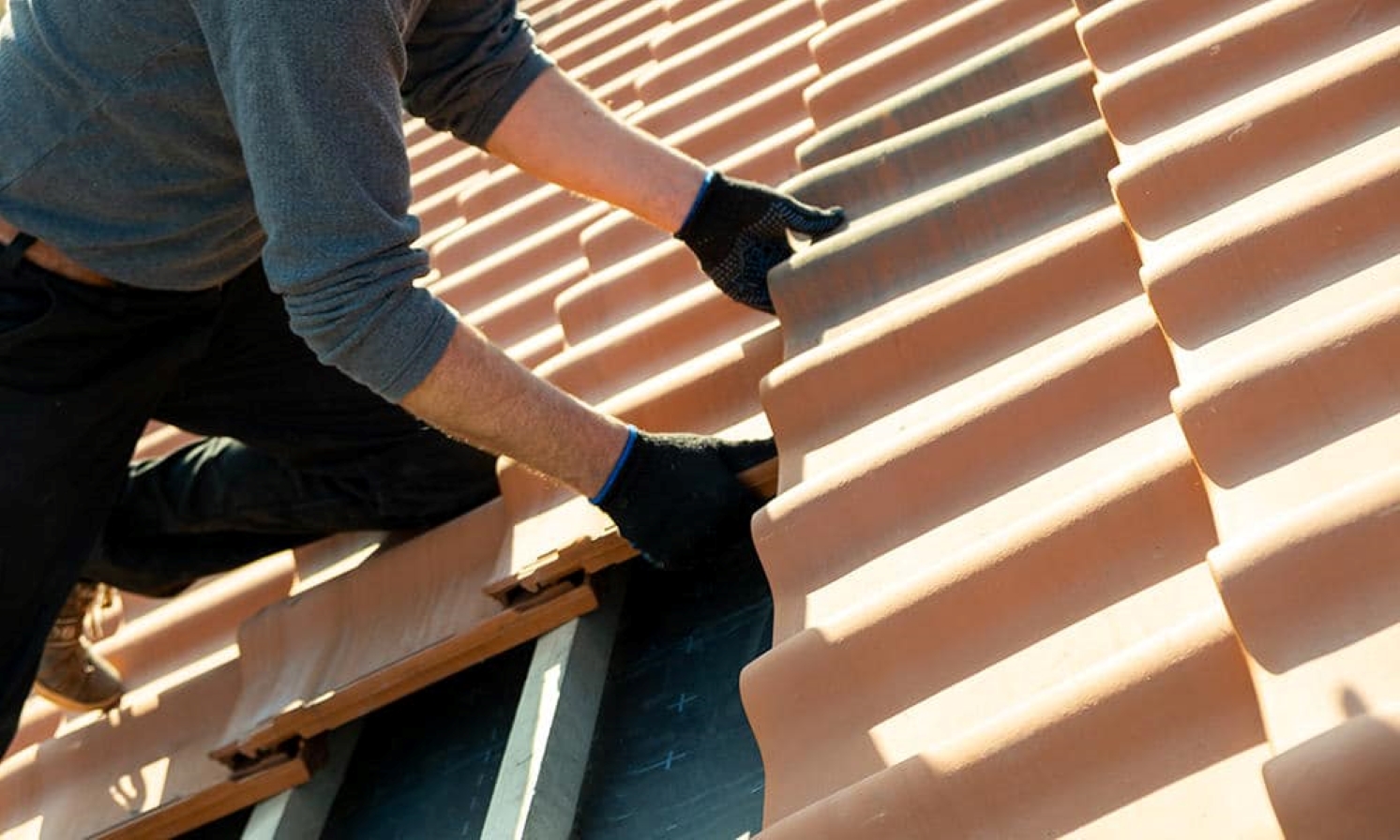
Initial Steps to Manage a Roof Leak
When a roof leak is suspected, fast action is paramount to minimize the damage. Addressing the issue in the right manner can prevent further complications and save on unnecessary expenses. If you’re unsure about how to fix leaks in your roof, professional help should be enlisted to ensure a proper repair process. Here, we have distilled some essential steps homeowners should take when facing a potential roof leak issue.
What to Do First When You Spot a Leak
As soon as you detect a leak, the first step is to manage the immediate situation. Use a bucket or similar container to collect the dripping water. This prevents further water damage and aids in roof leak detection by determining the extent of the leak. If you have any precious items under the leaked area, remove them promptly and go to a safer place. It’s crucial not to indulge in impulsive decisions such as trying to puncture the ceiling, as this may escalate the situation further. Remember, a well-executed roof repair for leaks requires professional intervention and guidance.
Assessing the Attic for Leak Sources
Once the immediate situation is under control, begin assessing the attic for potential leak sources. Armed with a flashlight, carefully check for signs like moisture, water stains, and damaged insulation materials. This step might seem daunting, but careful investigation can help you understand the cause and extent of the leaks in your roof. Bear in mind that prevention is the best solution. Regularly inspect your roof and attic to spot and prevent leaks before they escalate.
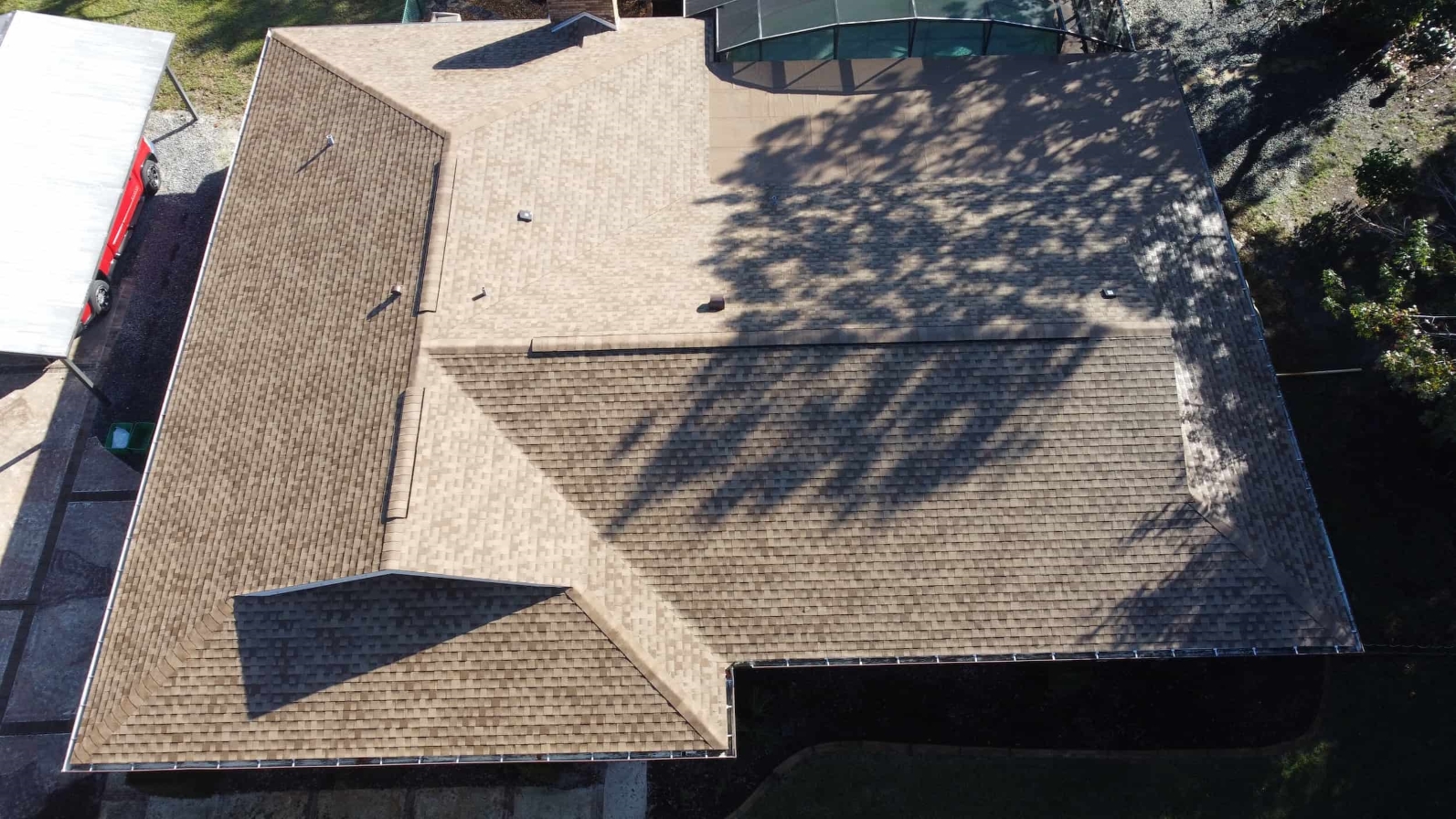
Safety Measures During Leak Inspection
Inspecting a leaky roof demands adherence to safety protocols. Ensure you wear appropriate protective gear, maintain vigilance for any hazardous materials in the attic, and verify the stability of the ceiling. The risk of ceiling collapse or exposure to harmful substances should not be taken lightly. Don’t hesitate to get professional roof leak repair if you suspect the situation may put you at risk. By adhering to these safety measures, you ensure a thorough, safer, and more accurate detection of roof leaks.
FAQs
How can I find and fix leaks in my roof?
Finding and fixing roof leaks can be intricate, as the origins are not always above the visible damage. Water often travels from the point of entry, confusing homeowners. Inspecting for roof leaks requires careful consideration of signs, including dark spots and mold growth. To prevent further damage, professionals should handle fixing the leaks. Key ideas to keep in mind are not to puncture the ceiling, move valuable items away, and temporarily collect dripping water in a bucket.
What is essential to understand about roof leak dynamics?
Roof leak dynamics are often not intuitive as water follows the path of least resistance, leading away from the original breach. It is important to start an investigation into the stain and related water damage symptoms such as discoloration and musty odors. Inspecting the attic, where moisture, water stains, and related damage, particularly in areas where roof planes intersect, serve as signs of leaks, is vital. Ensure personal safety and avoid causing further damage during the inspection.
How should I initially manage a roof leak?
When confronting a roof leak, the first step is to contain the water using a bucket, move valuable objects away from the affected area, and avoid impulsive actions like ceiling puncturing. Inspecting the attic should be done while taking safety precautions against harmful insulating materials and confirming the ceiling’s structure is stable. Use protective gear while doing this and check for signs of moisture. Professional advice is necessary to address water damage effectively.
What safety measures should I keep in mind during a roof leak inspection?
The inspector’s safety is paramount during a leak inspection. Risks include ceiling collapse and exposure to hazardous materials. Ensure that you protect against these risks by using the correct protective gear, verifying the structural stability of the ceiling, and practicing caution around harmful insulating materials.
What are some helpful roof leak prevention tips?
Regularly scrutinize your roof for damage, especially after a storm. Ensure the roof is properly maintained, and replace any damaged or missing shingles immediately. Consider having a professional roofer inspect your roof at least once a year or after major weather events. Also, keep your gutters clean to prevent water buildup that can lead to leaks.
